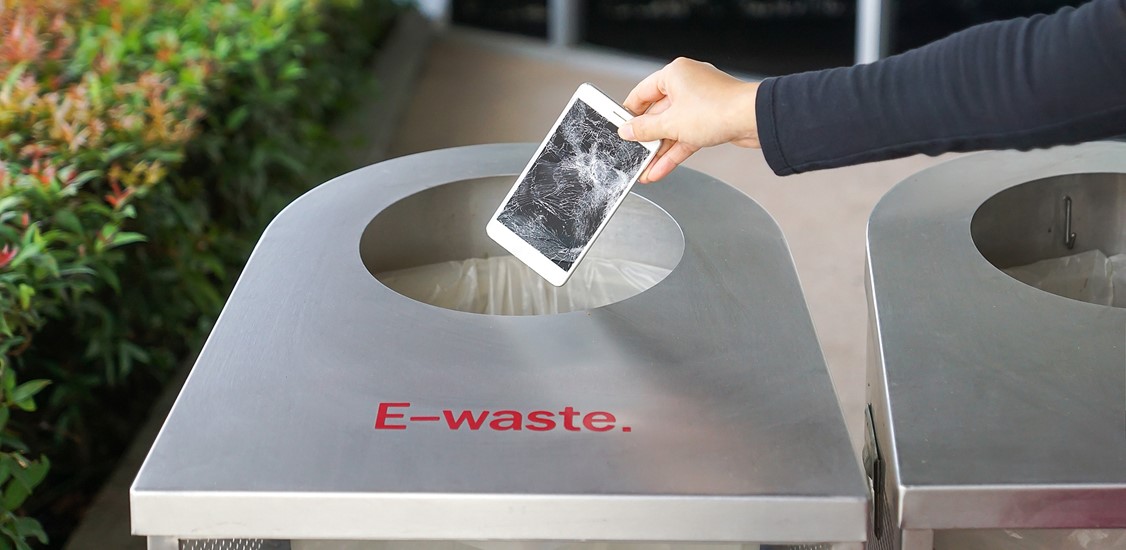It was anyone’s guess as to whether 5G devices would revive sluggish smartphone sales, especially during a global pandemic. Despite the odds, which included production slowdowns due to COVID-19, 5G networks continued to roll-out across the globe and sales of 5G smartphones exceeded expectations. In fact, Gartner recently reported that worldwide smartphone sales would increase by 11% this year, pointing to pent-up consumer demand because of delayed device upgrades and wider availability of entry-level 5G smartphones. The promise of lower latency and data speeds from 10 to 100 times the standard wireless connection appeared to be clear triggers that encouraged consumers to upgrade from their old device to a newer 5G-enabled smartphone.
The turning point in sales came with the launch of the Apple iPhone 12, the company’s first 5G device. Apple used aggressive pricing strategies with high value trade-in offers as an incentive for consumers to upgrade to the iPhone 12. The combination of the iPhone 12, generous trade-in offers and 5G awareness marketing campaigns has driven an upgrade “super cycle” that has reinvigorated new smartphone sales and given the iPhone 12 a significant 16% share of the global 5G smartphone market.
We confirmed consumer enthusiasm for 5G was gaining steam once we analyzed data from a consumer survey conducted in early 2019. The survey assessed the attitudes of 5,000 respondents in the US, U.K., India, Philippines and Germany about 5G smartphones and whether they’re eager to upgrade. We found that more than half (51%) of global consumers were waiting for 5G networks and devices to become available before upgrading. In the U.S. alone, 45% of consumers were holding onto their current devices for longer than usual in anticipation of 5G availability, while 61% intended to upgrade to a 5G device.
As 5G continues to mature in some markets, it’s almost certain that operators will remain bullish about driving sales of new devices following the significant 5G infrastructure investments made to date. Using Apple’s success with the iPhone 12 as a model for the way future smartphones might be marketed and sold, including the tactic of incentivizing consumers to trade-in used devices, will accelerate the upgrade cycle.
Trade-ins fuel the secondary market
Counterpoint Research, which tracks smartphone sales, reports the global smartphone market continued to recover in Q4 2020, rebounding 8% quarter-over-quarter with 395.9 million units sold. This bodes well for operators, consumers and secondary market organizations. With new device sales clearly back on track, operators are in a better position to meet the increased demand for flagship LTE devices in countries where 5G is in relative infancy. Secondary market organizations benefit from an increased supply of nearly new refurbished LTE devices with a high residual value. Consumers also benefit by being offered greater choice with the potential for owning a brand-new phone at an exceptional price.
As operators continue to stimulate upgrade cycles, the implications of an increasing number of mobile phone trade-ins are becoming quite clear. Based on our research, the secondary mobile device ecosystem will likely experience immense stress because of an influx of used smartphones that consumers trade in to receive credit towards a new 5G device. An influx of refurbished LTE devices will flood the secondary market at a higher price point and at higher volumes. The 5G upgrade super cycle will require the entire secondary device industry - including mobile processors, 3PLs and ITADs - to collectively manage and process millions of devices quickly and securely to meet the global demand for 4G and LTE phones.
Trade-ins support the circular economy
Another valuable opportunity that will result from the 5G device super cycle is the chance to address the escalating e-waste issue. The UN reports the annual value of global e-waste as being over $62.5 billion, more than the GDP of most countries. More than 44 million tons of electronic and electrical waste was produced globally in 2017, with less than 20% of e-waste formally recycled. The remainder either ends up in landfill or is informally recycled.
The 5G super cycle might actually help stem the rising tide of e-waste, as older refurbished devices with a high residual value replenish the secondary market and meet growing demand for LTE smartphones in the Middle East, Africa and India rather than being thrown into the trash. This is a prime example of the circular economy in action and an opportunity to set a precedent for appropriate device handling at end-of-life.
Operators and OEMs will inevitably have questions about what to prioritize when it comes to a circular economy strategy. Automating the supply chain should be a principal consideration, but safeguarding consumer data should be the top priority. Implementing clear security measures to erase the data on processed devices while also ensuring compliance with global privacy regulations will be critical in generating consumer trust in the process. Failure to appropriately sanitize devices that enter the secondary market could result in data breaches that lead to significant fines. Operators and partners, including device processors, must keep this top of mind. Relying on manual processes to handle a deluge of used devices creates significant risk.
Upgrade super cycle: a win for operators, consumers and the environment
Operators have been looking for a way to reignite new device sales and upgrade cycles for a number of years, and they’ve appeared to strike gold with 5G. As 5G networks continue to expand globally, operators will inevitably continue to offer high trade-in value for used devices. The more 5G devices they sell, the more subscribers they lock into their networks.
The upgrade super cycle also unlocks residual value in old phones and increases supply to the secondary device marketplace. This positive step towards greater sustainability gives all members of the marketplace an excellent opportunity to participate in the circular economy and create a more sustainable world for future generations.




















